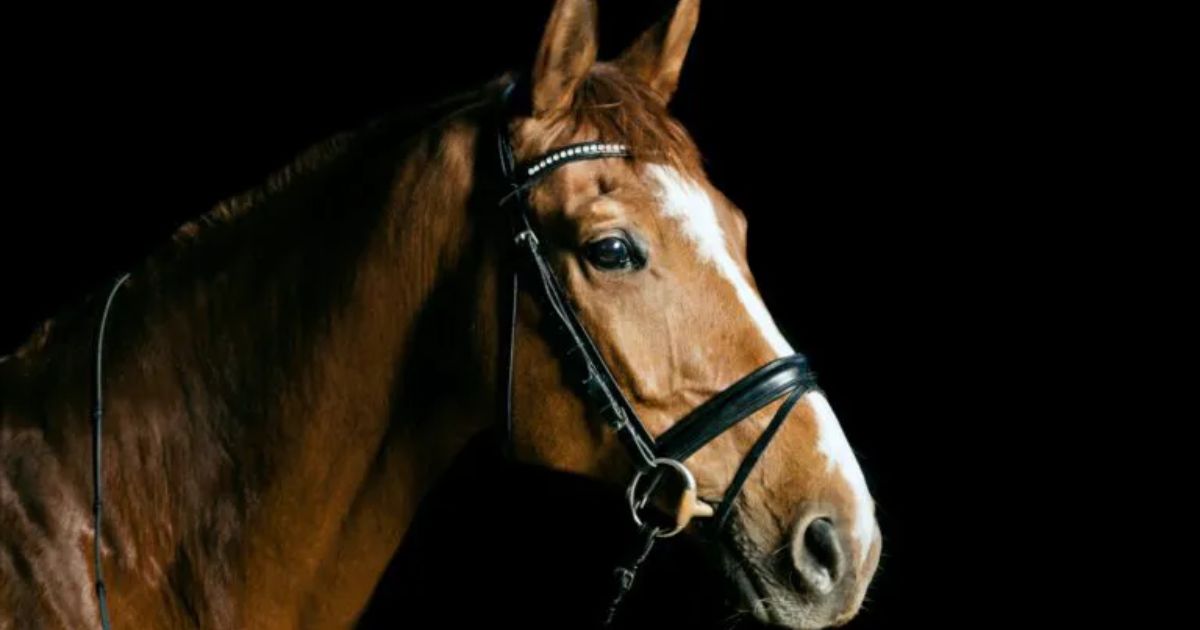Menu

Do you know why so many of us dutifully fasten the noseband on the horse's bridle before every riding lesson? In other words: Do you know why we put a noseband on the horse? Many of us are probably not quite clear about this. Therefore, we have set out to find out why most riders – but certainly not all – use nosebands on their horses today, and why it has historically become a part of the bridle outfit.

The first signs of nosebands becoming a part of riding date back to the year 7000 BC. At that time, it was not exactly the horse's comfort that was the priority. Draft horses were fitted with a noseband, similar to the Hanoverian one we know today, but placed even further down on the nasal ridge. The purpose was, when the driver pulled the lines, the noseband would press into the nostrils and prevent the horse from breathing. Fortunately, this practice has fortunately evolved many times since.
Read also: Does your horse have a happy tongue?
Often, one talks about the noseband – originally the English one – whose real function is to ensure that the horse does not get its tongue over the bit or opens its mouth so much that the good contact with the mouth does not disappear.
About a thousand years later, the first statues appear from Persia of horses with a kind of nose straps on, and horses that “go to the bit” – that is, with a vertical head carriage. However, in no way with the same focus on horse welfare as we know it today. Drop all talk about horses that go behind the vertical or have a bit too open mouth. The year 6000 BC is the year when the big and very powerful stallions are held back using nosebands with a built-in form of barbed wire to control the large animals. Sad but true. However, the late modern society is more enlightened and understands that a too-tight noseband only does more harm than good.
Read also: Guide: Helping your horse overcome separation anxiety
Far ahead in history, we meet for the first time in the 20th century the Hanoverian noseband. It was invented by German Ernst Friedrich Seidler, a riding instructor who worked for the Spanish Riding School in Vienna. This type of noseband dominated until the 1970s and is still used today. However, it is not exempt from several opinions among horse people. In other words, as riders, we usually either hate or love the Hanoverian noseband.
Later, the divided or combined noseband (between a Hanoverian and an English noseband), which most of us know today, came into play. It can be said to be what most horses wear today. This type of noseband was invented around the late 1960s and began its career on the jumping courses. The purpose of the divided noseband was to more effectively close the horse's mouth during riding. Only around the 1980s did this type of noseband become a part of the dressage scene and today has a majority representation compared to the Hanoverian noseband.
Read also: English, hanoverian, combined or cross noseband?
Source:
Eurodressage: Noseband Special: Part I: The history of the noseband